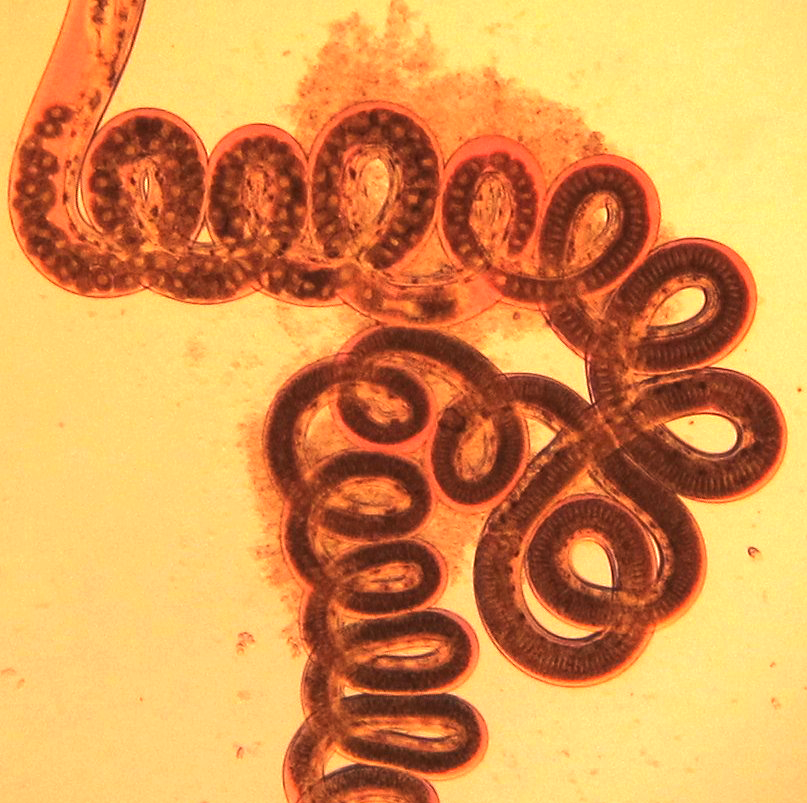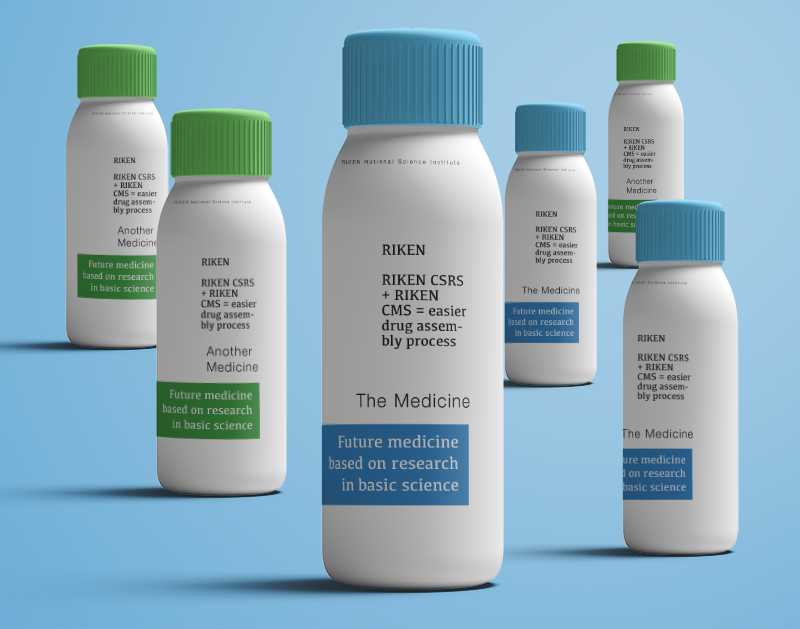Latest research animations
Self-assembly of spider silk
This gut microbe might protect against diabetes and reduce insulin resistance
NEW: One-way hydrogel guides motion of tiny worms!
Latest Posts
No Results Found
The page you requested could not be found. Try refining your search, or use the navigation above to locate the post.
A gut-wrenching defense against parasitic worms
Memory retrieval needs a neuronal connecting flight
From egg to embryo
This nickel catalyst bats from both sides of the plate
New info about how chromosomes form
Tracking how stars grow up in a virtual playground
Protons are lighter than previously thought
Untangling depression in Huntington’s disease
Imaging whole-body cancer metastasis at the single-cell level
19
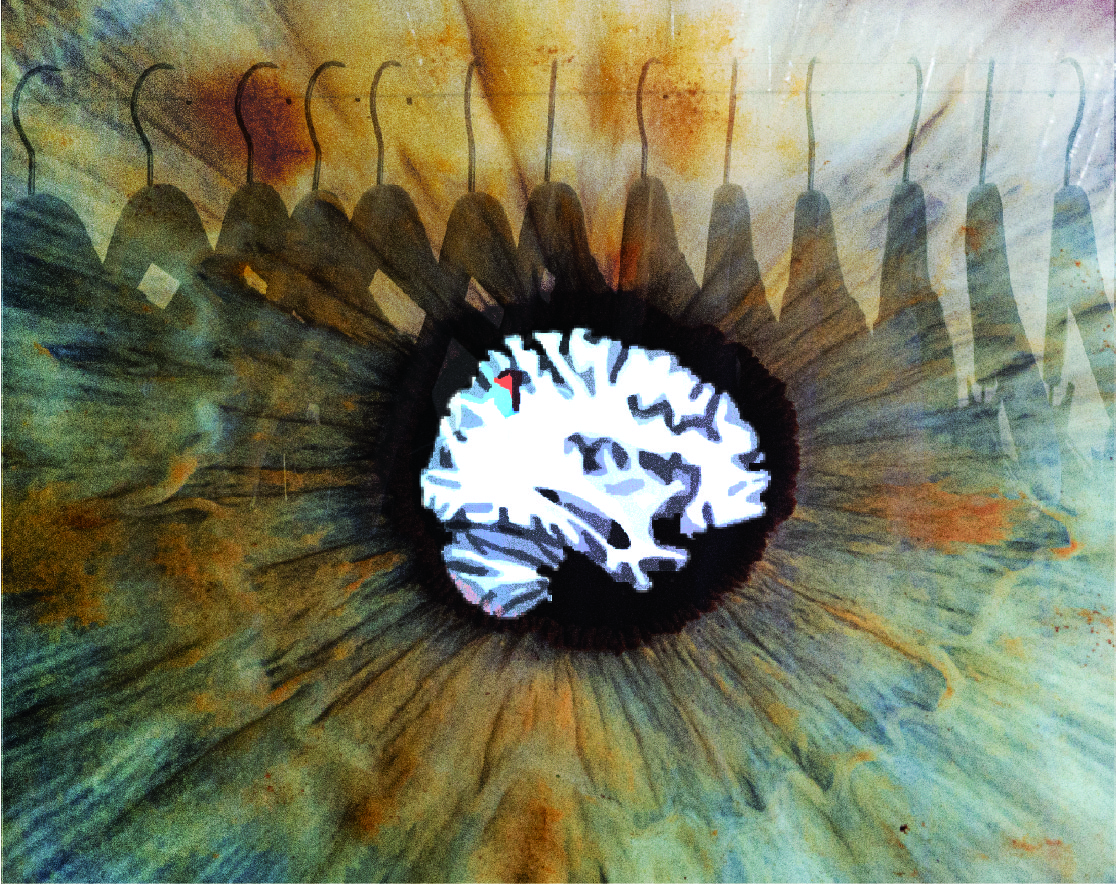
Gray matter volume links symptoms in autism
Low gray matter volume in the posterior superior parietal lobule (pSPL) was found to correlate with specific cognitive and perceptual symptoms of autism.
6
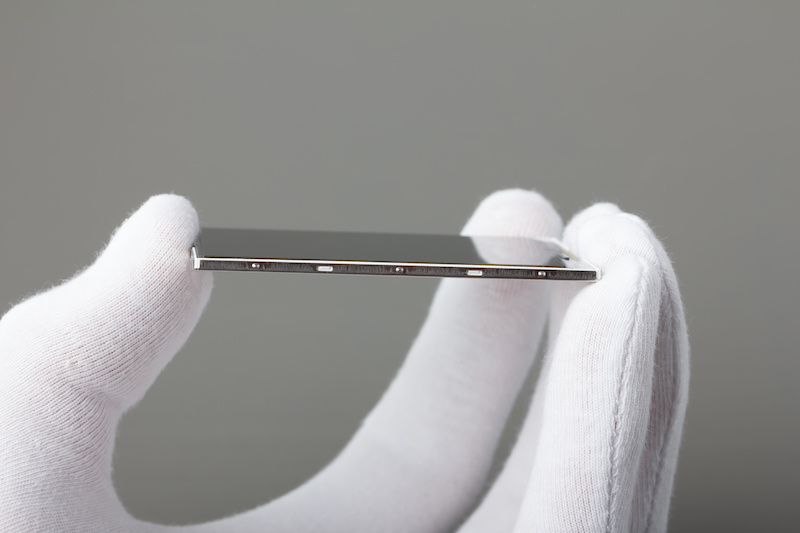
New mechanism allows lower energy requirement for OLED displays
Scientists have found a way to significantly reduce the amount of energy required by organic light emitting diodes (OLED) displays.
6
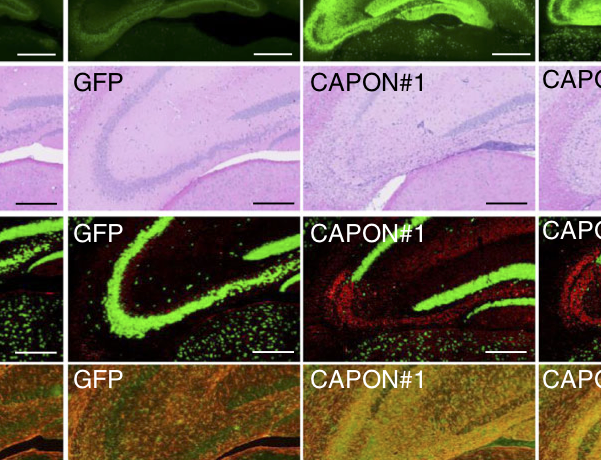
CAPON links Alzheimer’s plaques to neurodegeneration
CAPON was found to link Aβ plaques and hippocampal neurodegeneration in mice, explaining how these two hallmarks of Alzheimer’s disease are related.
20
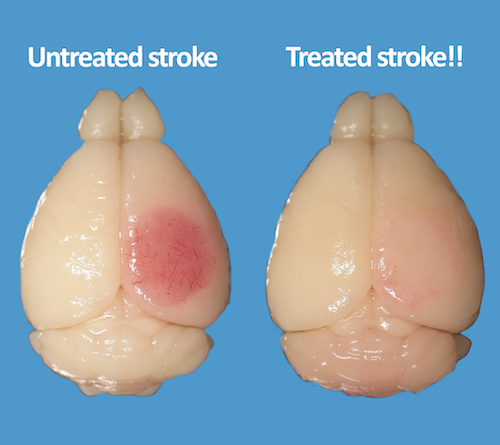
AdR blockers protect the brain from stroke damage
Treatment with adrenergic receptor antagonists (AdR blockers) was able to reduce stroke-related brain damage in mice and improve motor recovery.
25
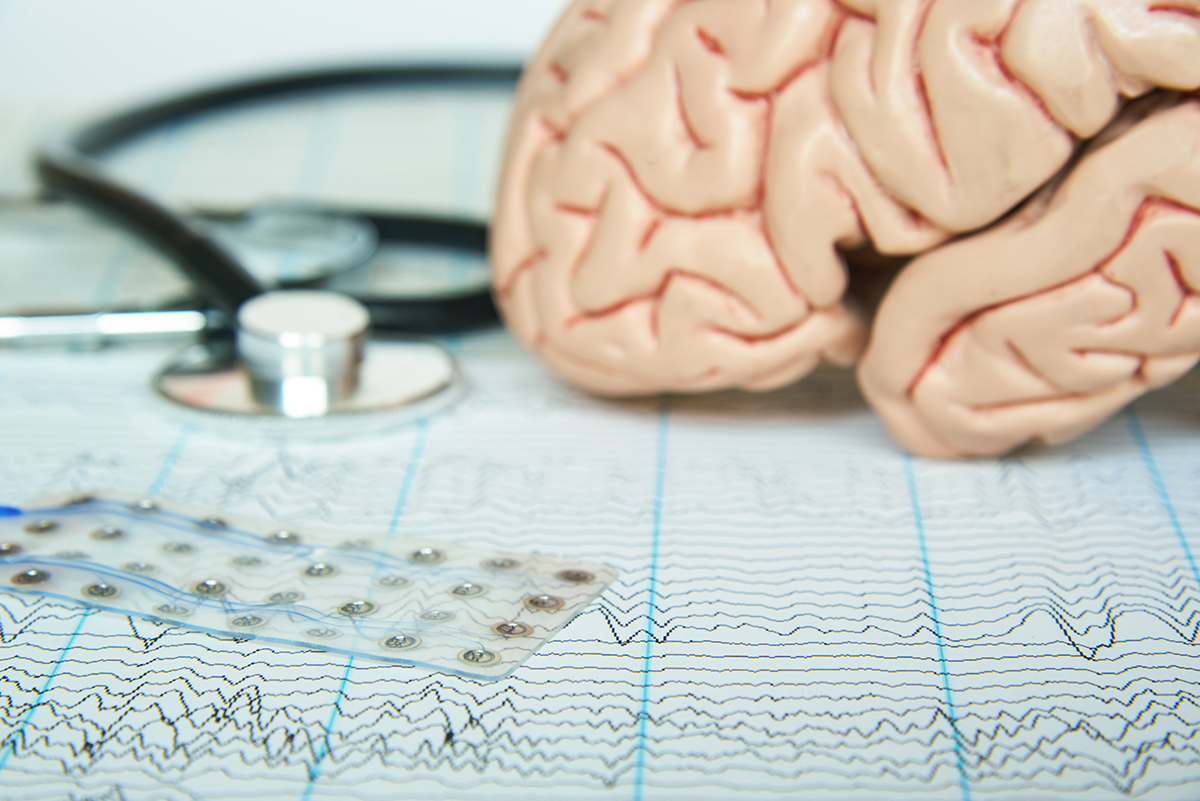
Trigger region found for epileptic absence seizures
A mouse model shows that absence seizures are triggered by faulty connections between the cortex and fast-spiking neurons in the striatum.
23
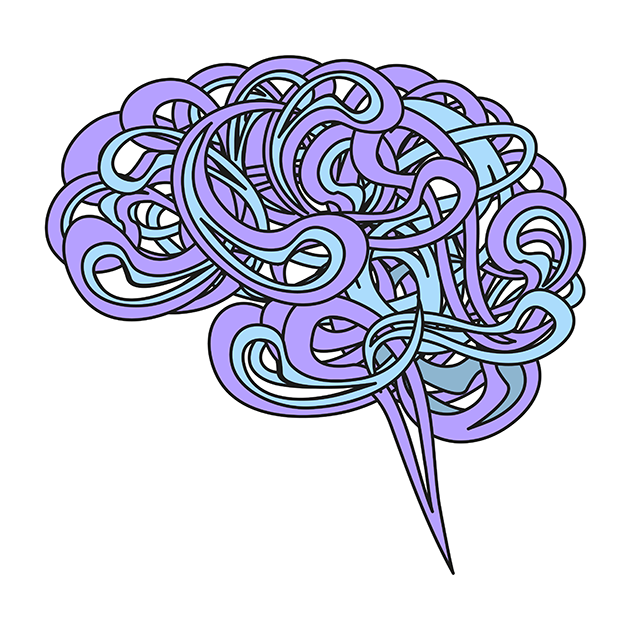
Opto-OISI: imaging connections in the living brain
A new imaging technique called opto-OISI allows scientists to non-invasively visualize where specific neurons project in the living brain.

